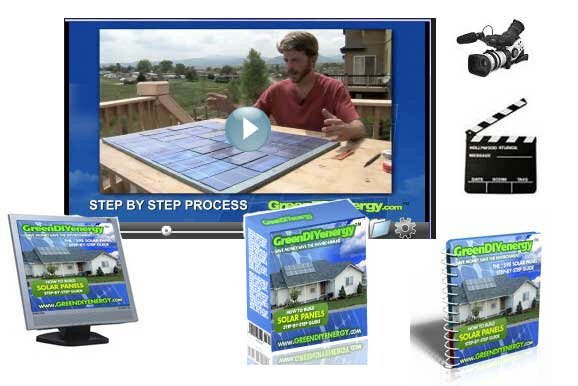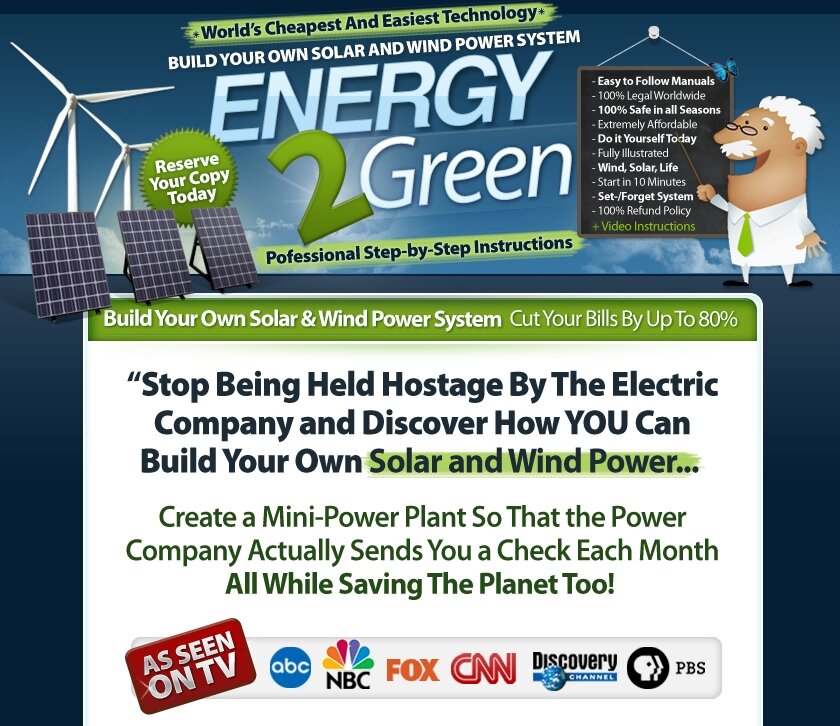 What I’m writing here may not make any sense to a lot of people but nonetheless, I’ll try to explain it.
What I’m writing here may not make any sense to a lot of people but nonetheless, I’ll try to explain it.
As I was trying to find a topic to write on my blog, I started to do some keyword research. Keyword research is a process where I try to find out what are the terms other internet users typed into the search engine.
As I was doing my research, I came across the phrase “GreenDIYEnergy complaints”. Initially my thought was, “Oh boy! Here we go again”.
GreenDIYEnergy is one of the top selling information products on home renewable energy system. If you are a home owner and you are searching for ways to reduce your electricity consumption, GreenDIYEnergy will show you how to tap the power from solar and wind.
When someone typed on the word “complaints”, most of the results from Google, Yahoo or Bing will come out negative.
Personally, I don’t like to read those stuff…it makes my blood boils!
I decided to go ahead and see what I will get.
Since Google is the most popular search engine, I typed in the phrase “GreenDIYEnergy complaints” in the search box.
The result returned by Google was very interesting. There are only 2 pages as of early January 2010! And those 2 pages were not even relevant.
What does this means?
To put it very simple, not a lot of people on the world wide web are complaining about GreenDIYEnergy. From my pass experience, I know other home renewable energy guides have a lot of negative feedback.
Honestly, I was quite surprise when I notice this with GreenDIYEnergy.
Does this means GreenDIYEnergy is a good manual to purchase?
Well, I have a copy of the e-book and so far, the step by step instructional videos is the best compared to other manuals on the web. The quality is really good and the information on how to make a DIY solar panel was very concise.
Lately, I checked the members’ area, they just uploaded 4 new high definition (HD) videos on DIY home wind turbine. Same video quality and again, excellent information.
Well, that’s my opinion anyway.
If you want to know more, check it out yourself.

